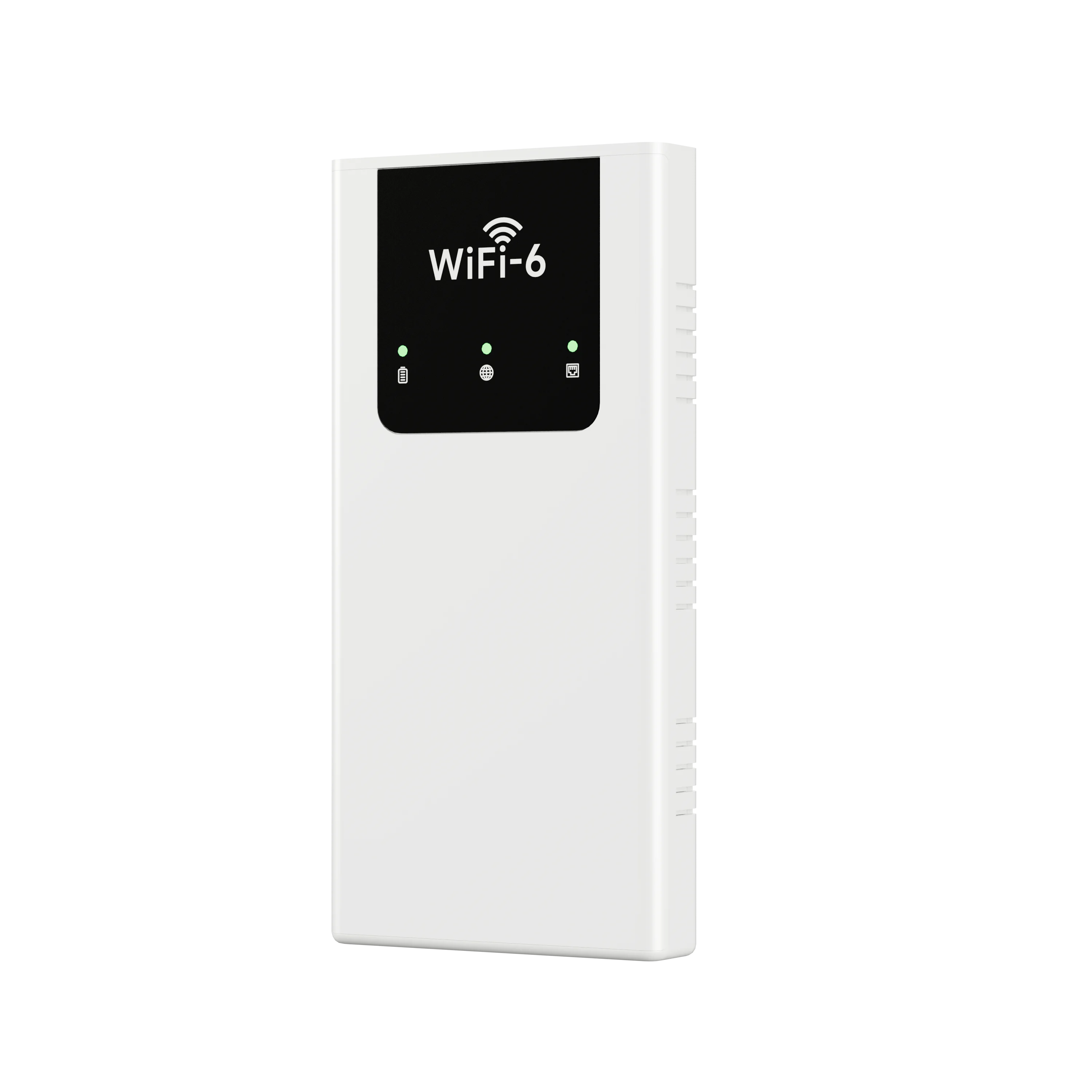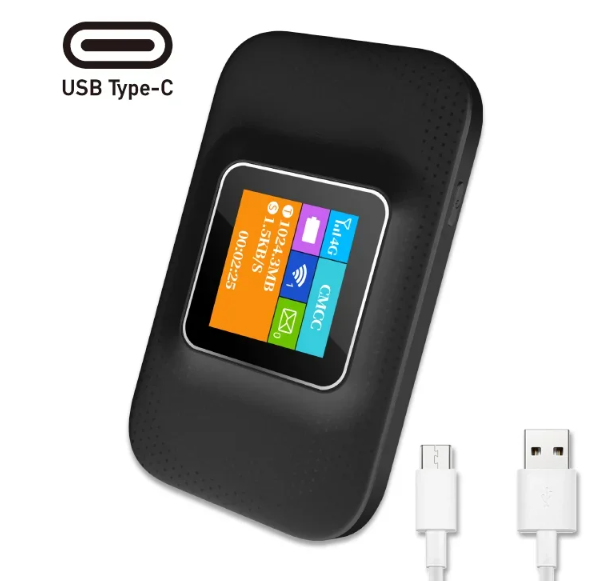When it comes to maintaining a functional and safe home environment, understanding how to troubleshoot a light switch is an essential skill for any homeowner or DIY enthusiast. Light switches are integral components of our daily lives, controlling the illumination that brightens our spaces. However, they can sometimes malfunction, leading to frustration and inconvenience. This guide aims to provide a detailed, step-by-step approach to diagnosing and resolving common light switch problems, ensuring you can restore functionality with confidence.
Understanding the Basics of Light Switch Functionality
Before diving into troubleshooting, it's crucial to understand how a light switch operates. A standard light switch functions as a simple electrical device that opens or closes a circuit, allowing electricity to flow to a light fixture. When the switch is in the on position, the circuit is complete, and the light illuminates. Conversely, when the switch is off, the circuit is broken, and the light turns off.
Common Symptoms of Light Switch Malfunctions
Identifying the symptoms of a faulty light switch is the first step in troubleshooting. Here are some common issues you might encounter:
- Light Won't Turn On: This is the most obvious sign of a malfunctioning switch. It could be due to a burned-out bulb, a tripped circuit breaker, or a faulty switch.
- Flickering Lights: Flickering can indicate a loose connection, a failing switch, or issues with the light fixture itself.
- Switch Feels Hot: If the switch becomes unusually warm to the touch, it may indicate an electrical problem that requires immediate attention.
- Unresponsive Switch: A switch that does not click or feels stuck may be damaged internally.
Step-by-Step Troubleshooting Process
Step 1: Safety First
Before attempting any troubleshooting, ensure your safety by turning off the power to the circuit at the breaker box. Use a voltage tester to confirm that the power is off before proceeding.
Step 2: Inspect the Light Bulb
Start with the simplest solution: check the light bulb. Replace it with a new one to rule out the possibility of a burned-out bulb. If the new bulb works, the issue is resolved.
Step 3: Check the Circuit Breaker
If the bulb replacement does not solve the problem, inspect the circuit breaker. A tripped breaker can prevent power from reaching the switch. Reset the breaker and test the switch again.
Step 4: Examine the Switch
If the light still does not turn on, it’s time to examine the switch itself:
- Remove the Switch Cover: Use a screwdriver to remove the cover plate and expose the switch.
- Inspect for Damage: Look for any visible signs of damage, such as burn marks or melted plastic.
- Tighten Connections: Ensure that all wire connections are secure. Loose wires can cause intermittent issues.
Step 5: Test the Switch
Using a multimeter, you can test the switch for continuity. Set the multimeter to the continuity setting, and place the probes on the switch terminals. If the multimeter beeps, the switch is functioning properly. If not, it may need to be replaced.
Step 6: Replace the Switch
If the switch is faulty, replacing it is relatively straightforward:
- Purchase a Compatible Switch: Ensure you buy a switch that matches the specifications of the old one.
- Disconnect the Old Switch: Carefully note the wiring configuration before disconnecting the old switch.
- Connect the New Switch: Attach the wires to the new switch, ensuring a secure connection.
- Reassemble and Test: Replace the cover plate, turn the power back on, and test the new switch.
Additional Considerations
If you’ve gone through these steps and the light switch still does not function, it may be time to consult a licensed electrician. Persistent issues could indicate more complex electrical problems, such as faulty wiring or issues within the circuit itself.
Conclusion
Troubleshooting a light switch can seem daunting, but with a systematic approach, many common issues can be resolved without professional help. By understanding the basic functionality of light switches and following the outlined steps, you can effectively diagnose and fix problems, ensuring your home remains well-lit and safe. Remember, safety is paramount; when in doubt, always consult a professional to avoid potential hazards.


